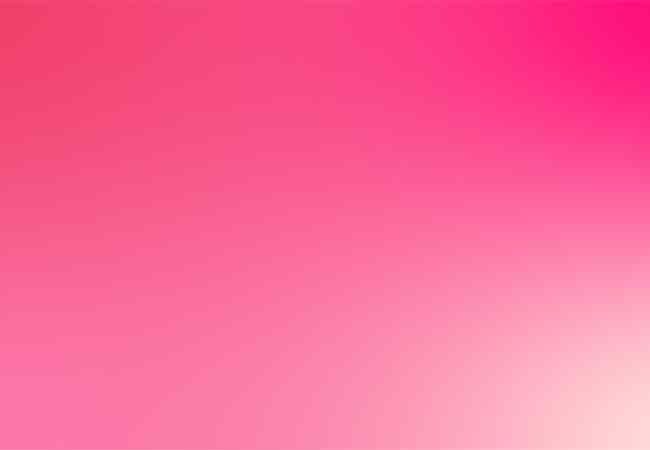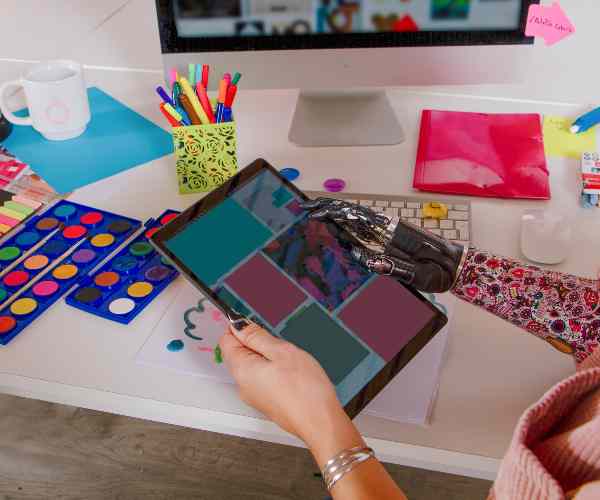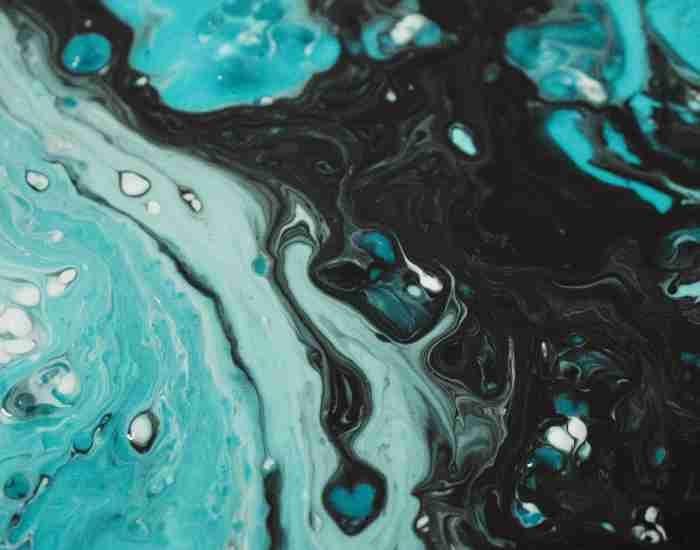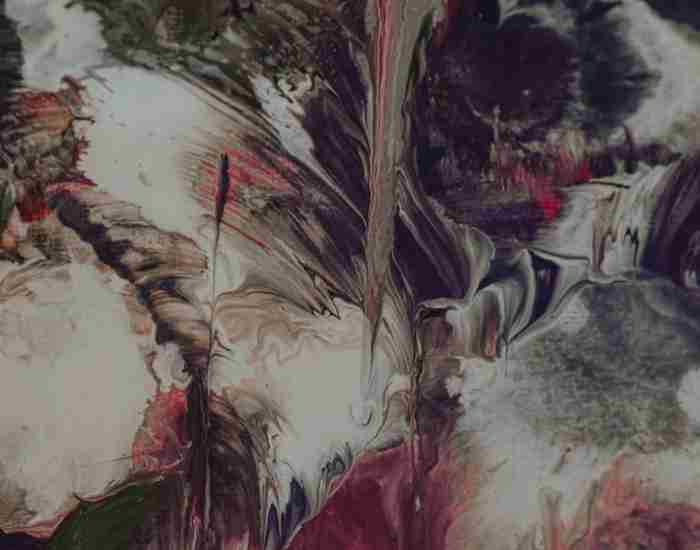The exciting world of color consists of the shades we use to design spaces, express feelings and make art pieces. Entering into the world of yellow which has always been eminent for being yellow, sun and warmth. The goal of this blog is focused on detailing the proportional enhancement of shades of yellow paint by combining different colors whenever necessary. It does not matter if you are an artist, a designer or just a user, knowing how to replace and use yellow will open up new horizons for your creative projects.
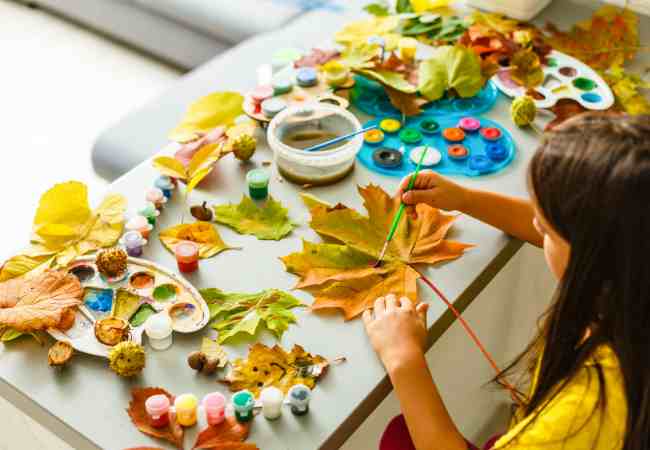
What Is the Science Behind Color Mixing?
The standard color model has red, blue and yellow categorized as the primary colors. These are the colors that cannot be produced from a combination of other colors, but in fact, these colors are the basis for an array of colors. Encompassing a vast array of colors, yellow remains a primary color in color modeling and is of great significance besides being a standalone color.
The Role of Yellow in Color Theory
Due to its bright shade, yellow is an imperative color in designing as it is used prominently to perceive or to distinguish the most significant areas of a visual composition from the rest.
In Psychological terms, yellow can be attributed to warm feelings, joy and optimism which probably explains its use in offices and gymnasiums.
How do colors blend to form new hues?
The color wheel is an invaluable device for comprehending colors in relation to others. It highlights the connections among the three primary colors, red, blue and yellow, three secondary colors, which are green, orange and purple and the tertiary colors which are created through the combination of a primary color and a secondary color.
Color Mixing Experimentation: Let’s begin this aspect with an activity of color mixing using acrylic paints. Here are some ways to do this activity.
Mixing Cadmium Yellow and Ultramarine Blue: This color amalgamation demonstrates how secondary colors are formed out of two primary colors and in this case, two primary colors cadmium yellow and ultramarine blue give rise to a vivid green.
Mixing Red and Yellow: When equal portions of red and yellow are combined, the result is orange which is secondary color.
Using Shades Like Cadmium Yellow and Yellow Ochre:
Cadmium Yellow: When it comes to light-fastness and opacity, cadmium yellow has great properties with light and deep shades which suit well for the artists as the durability of work is needed.
Yellow Ochre: Acting as a more toned-down earthy color in contrast to the blazing cadmium yellow, its use is great for portions of landscapes and natural scenery’s for it acts as a clay pigment.
How Can You Practically Use Paint Mixing to Get Yellow Paint?
In a more traditional sense and context, so long as RYB (red-yellow-blue) and RGB (red-green-blue) color models are to be considered yellow would always be a primary color that is never attained through mixing. However, in practical scenarios especially for paint and digital mixing aside for these models, varying the proportions of shades does change the brightness, saturation and hue of the yellow.
Variations out of Yellow:
Forming Yellow Color by Mixing Greenish and Reddish Colors: In terms of visual graphic interfaces, employing two or more colors in the RGB format is useful when it comes to color yellow as it can be obtained by the combination of green and red. This can be explained by the additive properties of colors in which combinations of light colors give rise to secondary colors.
Blue Can Be Used To Modify Tones of Yellow: It is possible to obtain a cooler yellow tone by combining cadmium with a small quantity of blue that is ultramarine, turning the yellow into a more subdued greenish shade in most cases depending on the amount used.
Statistical Insight: Research done by the Color Association of the United States reveals that by altering primary colors adding 60% more lightness or saturation color visually satisfying hue can be reached. In practical applications and other artistic works where specific colors ought to be represented, such details remain significant.
In what ways can the yellow paint be modified?
To adjust Yellow paint luminance and saturation any of the white or darker colors are added to it. This technique is used in pictorial painting as well as in the production of colors in industry Painting.
Lightening Yellow:
Adding black: Lightening yellow is best achieved by lightening the paint with the most common approach. This not only cools the liquid but also begins the dulling process, hence giving it a pastel texture. For example, cold cream yellow is a good one for peaceful settings and soft touches that are mixed with Cadmium yellow and titanium white.
Statistical Example: The colors’ temperature and depth are significantly improved as the light value in what could be considered a yellow color increases, in acrylic painting for instance Add a solid color like pure yellow and then add a 10% white to it.
Darkening Yellow:
Using Burnt Sienna: For deepening yellow, ultramarine put sienna and yellow together, ultrasound above works wonders for getting a darker realistic shade and followed by warm yellow dulled burnt sienna beautifully placed above rich yellow.
What About The Base Color: Without a hint, burnt yellow works. When mixed universally, yellow works in the sense that it compliments and in the sense that it adds although Taiki is also required.
Real World Uses: These methods are quite practical and are utilized on a daily basis by many artists and designers in the industry. For example, in portraiture, yellow tinting of skin color can be modified in a way that will result in even more realistic and life like interpretations. Likewise, these principles are utilized by the interior designers to make the rooms more appealing by the adjustment of yellow shades in accordance to the amount of light and mood intended in the room.
What Bulk Paint Mixers Are Made Off?
Once you decide that you want to go into paint mixing especially realizing that you have to make different shades of yellow, you need certain basic materials to get started with. Below is a list of things that al beginners absolutely need:
Acrylic Paints: Using only the three primary colors red yellow and blue alongside black and white will allow you to create an array of different colors. Many professionals prefer Acrylics because they are relatively easy to handle and dry quickly. For instance, Golden and Liquitex high quality brands are known for their great consistency and ensuring the pigment load is excellent.
Palettes: These are flat surfaces that will enable you to mix colors. Among the options are disposable palettes which easy clean up but also a simple reusable plastic palette that can be washed.
Brushes: It is essential to include a selection of brushes in various sizes and shapes (i.e. flat, round, filbert etc.). Synthetic brushes are usually advised when painting acrylics because they are tough and stiff.
Mixing mediums: These are most useful in changing the texture of the paints and the time taken for the paints to dry. For instance, when a gloss medium is used, the paint can be more translucent and intense.
Cleaners: Cleaning your brushes is very necessary as it saves from the mixing of colors. Non-toxic brush cleaners or mild soap and water are good options.
Importance of Cleanliness: Cleanliness is an important factor to consider in order to avoid muddying your colors. All tools and the workspace should be clean to ensure that mixed colors are not only separated but also bright according to the results. In a 2017 Artsy survey, more than 60% of novice painters stated that the poor mixing of colors was usually caused by a failure to clean tools properly.
How can sophisticated tools and techniques help you when mixing paint?
There are those who would want to go beyond the figmentation of simply mixing paints. It is indeed a more complex process, however it allows for a greater level of creativity. The following tools and techniques are employed by professionals in order to achieve the desired outcome:
Palette Knives: Used mostly to mix paint on the palette and subsequently applying it on the canvas. Palette knives are able to give more dymamic, textured effects which cannot be achieved by the use of brushes.
Wet-on-Wet Technique: This implies applying a wet paint on top of a wet paint, thereby allowing the colors to blend on the canvas directly. This technique is approbated for creating gradients and deep dark colors that consist of multiple shades.
Glazing Liquids: These are employed to form distinct color shades. For example, a yellow glaze over a blue background will shift the overall color more towards the green end of the scale. This in turn allows to change the vibrance of the shade underneath while still showing it.
Masking Fluids: In it’s simplest form masking fluids are paints that are applied on specific areas of the canvas in order to preserve it from being covered in another paint required for the painting aims.
Professional Insight: Mastery of these tools takes effort and time, however these greatly improve your work. As an example, wet-on-wet is commonly used by landscape painters due to the subtleties of different lighting and atmosphere it can convey. According to a study conducted by the University of Arts, London, palette knife mixing and glazing are techniques that texture artists use, and the use of them increases great detail in their works by about 30 percent.
How to Perfectly Mix Colour Yellow?
Every artist, aspiring or an expert, needs a yellow paint as a base which they can work off of, and thus it is necessary to create a pure yellow color. Below are the steps you may follow to create a vibrant and strong yellow using a cadmium yellow color or any other modern acrylic formulation, though step three is optional:
Select Your Pigment:
Cadmium Yellow: As a master of artists, cadmium yellow is highly popular due to its great covering ability and lightfastness, and is great for artists who wish an era-lasted masterpiece.
Alternative Acrylics: If an individual is concerned about safety and the expenditure of having akrylics, then Hue alternatives that are cadmium substitutes may work as well, because they are not as hefty on metals, but provide a similar coloration.
Prepare your palette.
Take a clean palette of your choice and grab the amount of yellow paint that will need to be used for your painting, and pour the paint onto your new palette.
If you are blending colors, either prepare tiny portions of white or the other altering colors as well.
Mixing for Purity:
With a palette knife blend the required colors seamlessly. In case you are looking for a clean yellow, yes an ideal yellow, the knife should be free of any colors.
If the color is not correct and a little bit of mixing is required, find a white or complements and add tiny spots of it to color.
Testing Your Color:
Tiny circle dots can be placed onto a test canvas or onto a piece of paper for the sake of t and observing the color under various lighting.
As needed, using new techniques and thoroughly remixing each time, adjust the amount of pigment to produce the required color.
Preserve Your Mixture:
To prevent evaporation, place the palette in cling film, or transfer the mixture into a covered jar to save the mixture for future use.
Data Point: A 2020 survey conducted by the National Art Supplies Association stated that a large portion of professional artists, approximately 78%, prefer to use Cadmium Yellow paint primarily because of its excellent color quality and durability.
Color Blending Methodologies: Tips and Tricks to Follow
To a certain extent, adjustments in the density and the ratio of yellow paint can ensure you get the right shade while maintaining the properties. This could also imply that mixing the right shade requires knowing about the theory of colors and their constituents. Given the above understanding, below are tips and commonly avoided mistakes for consideration:
Preserve color purity.
It is easier to darken paint rather than lighten it so when adjusting color tones, always apply the least quantity of color.
Every mixing or painting should always be done with a clean brush or mixing knife to avoid unintentionally altering color.
Proportions Understanding:
When tone-modifying a yellow doodle, always have the ‘less is more’ rule at the forefront. If the purple multifaceted masterpiece for example is overused, the hue will be brought closer to grey rather than yellow.
Document the proportions of the mix used so that when further projects arise, you can use it as a guide for a successful match-scheme in the future.
Steer clear of common mistakes:
Overmixing: Blending paint excessively is harmful as it adds air bubbles which alters the structure of the paint.
Pollution: Always ensure that jars of paint as well as tools used do not get mixed up as it will lead to cross contamination of colors.
Utilization of Paints: Textural Change and Color Transparency
Make use of mediums to alter the paint texture and transparency while retaining the color.
Gel mediums provide paint with more substance, while glazing liquids give a painter more time for mixing colors.
Tip: An article published by the Institute of Creative Arts in 2019 shows that artists who pay much attention to the way they mix paints, including the proportions used, are more likely to achieve the same results in different projects and have greater control on the shades produced during the painting task.
FAQs
What Colors Could be Mixed in Order to Get a Deep Warm Yellow Tone?
In order to achieve a warm color in yellow, it is necessary to use colors that lean on the red side or those that include orange colors. A drier yellow base such as a cadmium yellow can also be further assisted by mixing cadmium red with it as this creates a more warm yellow hue that resembles gold.
Example: If you add 5% cadmium red into your yellow paint, the color can alter to more of an afternoon tone from an already bright color. The brighter color would resemble the sunny yellow color.
What Can Be Added to Get the Desired Shade of Yellow приомат Yelllow Ochre желтый или Mustard Yellow
Both Yellow Ochre and Mustard Yellow are warm tones of yellow that are created by combining yellow with a brownish yellow or orange hue along with slight tips of green quite rarely albeit.
Yellow Ochre: Start by combining a mid yellow and mix a raw umber or a light burnt sienna touch. This essentially takes away the harsh tone and adds the earthy texture characteristic of a yellow ochre.
Mustard Yellow: Combine a base yellow with a little more burnt umber along with cadmium red and mix together. Finally decrease or increase the portions as needed in order to reach the specific mustard shade you want.
Is reaching a stronger yellow by using green and red paint even possible?
Indeed, green and red is probable. However note it does require careful mixing to not tamper with the yellow base too much as the original color can easily fade out or be replaced with an entirely different one.
Green to Adjust Yellow: It might be practically possible to introduce a hint of green to yellow to soften or mute the yellow towards a duller olive or khaki family. This is very useful when trying to paint nature scenes where yellows need to be less harsh and more toned down.
Red to Enhance Yellow: Conversely red seems to have the effect of increasing the dominant yellow making it warm and more appealing. This is most effective when trying to mix yellow to depict a sunset, or fall leaves.
Data Point: A 2018 study by the Art and Color Institute has found that the mixing of colors can yield better results provided it is used in a limited quantity of about 10 percent of the entire mixture, more particularly if the colors are opposite each other in the color wheel.
Conclusion
Our examination into how various colors combine to form differing shades of yellow shows how expansive and dynamic yellow paint can be. From saturated vietti cadmium yellows to more subdued ocher or even mustard yellows, the spectrum is endless. This not only deepens our comprehension but broadens the horizons of our creative potential.
Inspiration Towards Trying New Things: It would be best if you dare to try any of these structures whenever you are painting. There is so much variation in color mixing that it can only be learned by doing it yourself. No matter the type of painting, be it a calm scene, a colorful sketch, or something in between, a certain yellow would do the trick.
Talk About Your Interesting Struggles: I would want to hear about you and the final results of your color mixing experiments as well. Putting your work out there might motivate some people and also present other angles to the never-ending processes of paint mixing. Go get your brushes, it is time to try out new yellow hues because endless shades of yellow are waiting to be explored.
More Post
- The Art and Science of Mixing Brown Acrylic Paint
- How to Mix Shades of Orange Acrylic Paint? A Vibrant Journey into Color
- How to Understand Complementary Colors for Beginners?
- The Ultimate Guide to Color Theory for Absolute Beginners
- How Do You Understand Warm and Cool Colors? How to Tell the Difference

